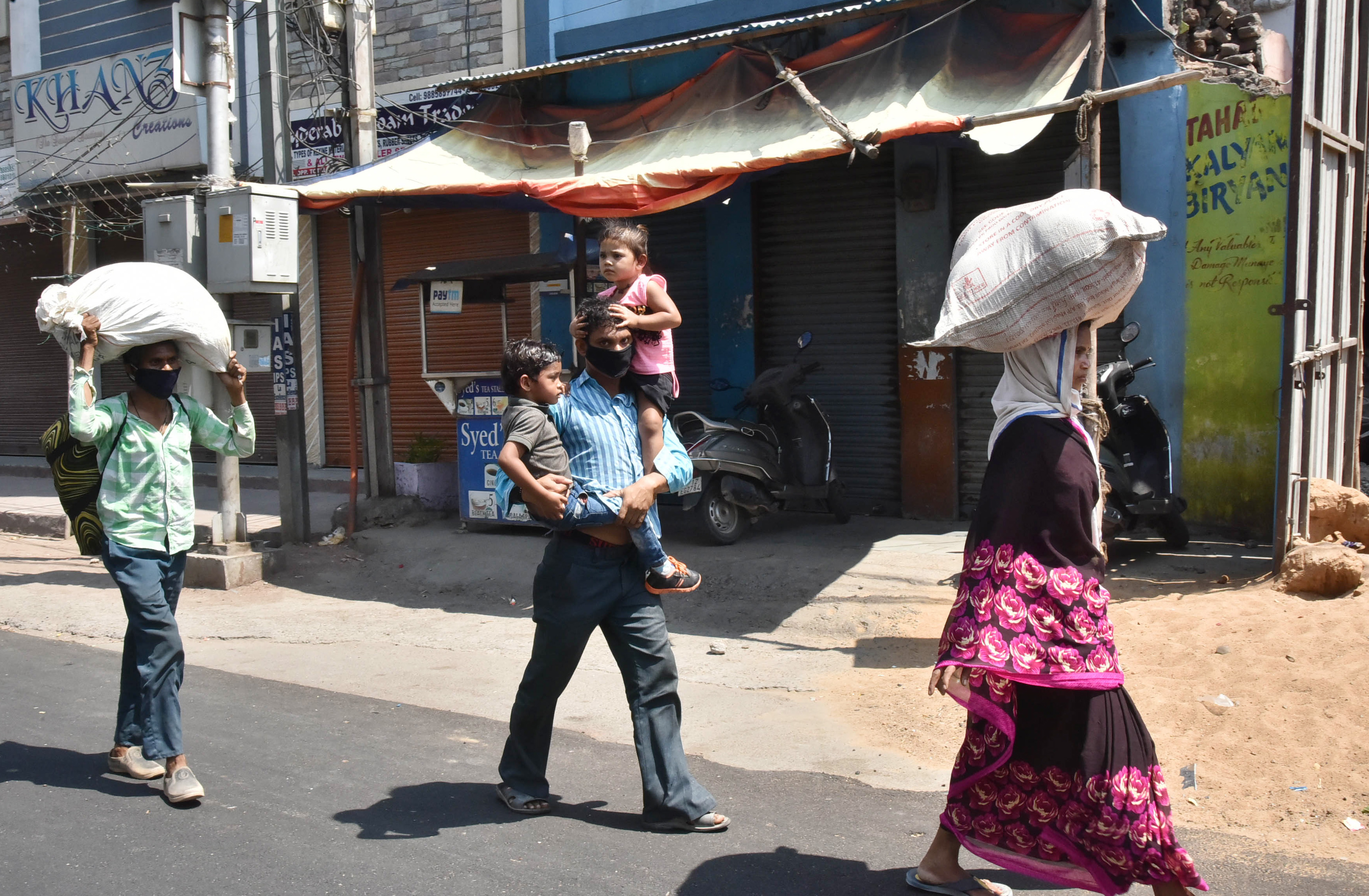Worldwide, the US CDC (Centers for Disease Control and Prevention) has estimated that up to 575,000 people lost their lives during the 2009-10 pandemic. Data available in the public domain in India reveals that India had 44,987 confirmed cases, and 2,728 confirmed deaths due to H1N1 influenza in 2009-10. There were undoubtedly many more H1N1 cases, as every patient with fever and cough did not undergo testing for H1N1 in India. Limited healthcare resources, the scarcity of approved virology labs, and under-reporting of influenza-like illness (ILI), etc., would have contributed to numerous cases and deaths not being diagnosed as influenza. India was not ready to face a pandemic in 2009. Health systems and hospitals were pretty much left to manage it on their own, with minimal support from governmental agencies and ministries.
WHAT HAPPENED AFTER 2010? DID H1N1 INFLUENZA GO AWAY?
Not at all. Cases and deaths due to H1N1 influenza have been reported every single year since then. In 2019, India had 28,798 confirmed H1N1 influenza cases and 1,218 deaths, as per the NCDC (National Centre for Disease Control, India). In 2018, we had 15,266 confirmed cases and 1,128 deaths, and in 2017, 38,811 confirmed cases and 2,270 deaths.
Subsequently, H1N1 influenza became “endemic” to India. An endemic infection is one that is frequently responsible for disease in a region without importing from another region.
WHY DON’T WE SEE THIS REPORTED IN THE MEDIA?
Most of the media highlights what is new and sensational. They gauge the people’s interest and spend more time on them. How long will public attention focus on the same problem? It is well-known that public memory is short. We can add that public and media attention is temporary or even ephemeral.
So, the reporting about H1N1 has taken a backseat, possibly on pages 9 or 13 of our newspapers. They are hardly given any screen time on TV news too. Underreporting contributes to this media apathy about “endemic” diseases. Media apathy may result in government apathy and gradual escalation of the disease.
WHAT ABOUT COVID-19?
Covid-19 is a much bigger pandemic. It’s a new virus with many theories about its origin. This new coronavirus spreads much more quickly and easily than influenza. To make it worse, we have neither a vaccine nor an effective medication, yet.
At the time of writing this, all states of India, except Sikkim, have reported Covid-19 cases; there are more than 23,000 cases with at least 700 deaths attributed to Covid-19. As the testing strategy is still evolving, with more and more testing centres being deployed, these numbers are just the tip of the iceberg.
Covid-19 FACES A NEW INDIA. THERE IS SOME HOPE
However, in 2020, India’s capacity to handle pandemics is much better. Our government has decisive leadership, our regional administration machinery is better in many districts, our labs are better prepared, our people are more aware, and our entire country is together at this troubling time. The government machinery may not be perfect yet, but the author has not witnessed the current level of involvement, determination and resource mobilization of our governmental agencies ever in the past. Containment and mitigation measures have been implemented at various administrative and geographical levels. Quarantine, isolation, contact tracing and testing are progressing on a war footing. These measures are paying off in spite of some exceptions like religious and political gatherings acting as spanners in this wheel.
WHAT DO WE NEED TO DO?
Whether we get a vaccine or not, effective medicine or not, we have to stay as disciplined. While a national lockdown has been very effective in limiting the spread of Covid-19 in the short-term, it is impractical in the long-term. We have to improve our social behaviour and personal hygiene. The critical steps to slow down and stop both Covid-19 and H1N1 (along with its cousins H3N2, H5N1 and influenza B) are the same. What we are doing now as a country—physical distancing, personal hygiene, cough etiquette, mask hygiene, avoiding spitting in public, etc.—will help us in fighting both. Eventually, this will reduce not just these respiratory infections but also typhoid, amoebiasis, cholera, viral diarrhoea, and many other common illnesses that are troubling us from eternity. This personal hygiene movement should become a core component of the Swachh Bharat Mission.
Dr Shashikiran Umakanth, MD FRCP, is Professor and Head of the Department of Medicine at Dr TMA Pai Hospital, Udupi, Manipal Academy of Higher Education, Manipal, Karnataka. He is currently Nodal Officer for the Dedicated Covid-19 Hospital of Udupi district in Karnataka.

